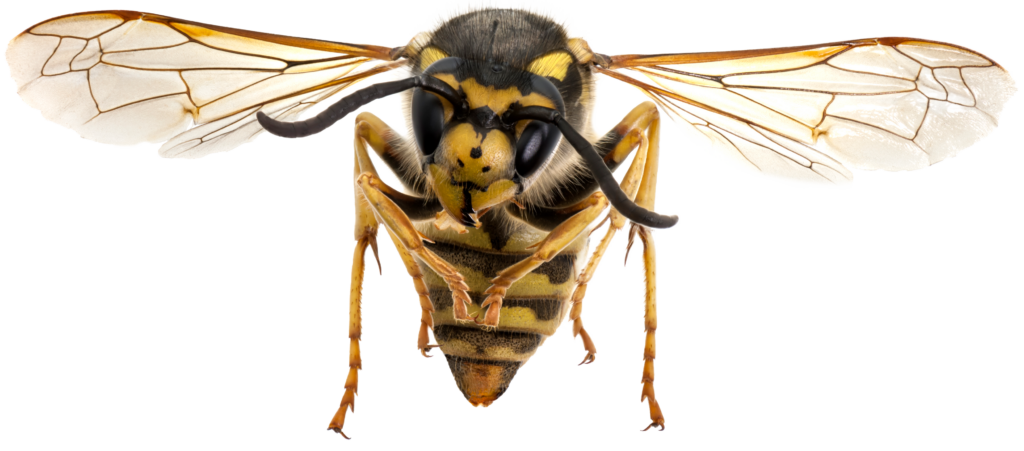There is something peaceful and soothing about a lush fern glade. The soft texture of the fronds contrasts with the trunks of the trees. The openness permits clear lines of sight, which seems more inviting than an understory crowded with shrubs and small trees. Sometimes these spots are park-like, almost as if they were designed for visitors, and we find that comforting amid the ragged disorder of the forest nearby. But, our admiration of the visual aesthetic does injustice to Mother Nature’s original plan. Ferns are generally toxic, eaten by only very few animals, and generally are not part of a healthy, stable food chain. These glades often get their start when over browsing by deer has eliminated the herbs and small woody plants, leaving behind the ferns that deer will not eat. The deer, themselves both beautiful and destructive, remove plants that may compete with ferns, and thus tip the scale in favor of the ferns and a few other browse-tolerant species. Once ferns form a glade, they can block out the light that seedlings need to get started, and most plants cannot get through the fern layer. Even if the deer population is brought into check, the glade may persist for decades, and as the canopy above gradually succumbs to old age, those trees are not replaced by seedlings coming up.

Some insects have solved the problem of feeding on ferns, and a lucky observer may find these in the glade. Here, a Herpetogramma caterpillar has used silk to sew the frond into a ball. The caterpillar will feed on the fern safely within this retreat, unmolested by natural enemies.

